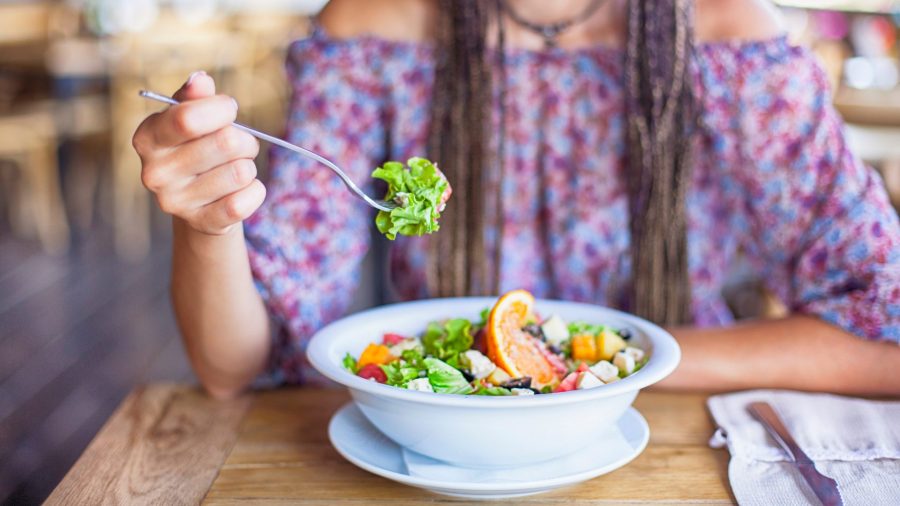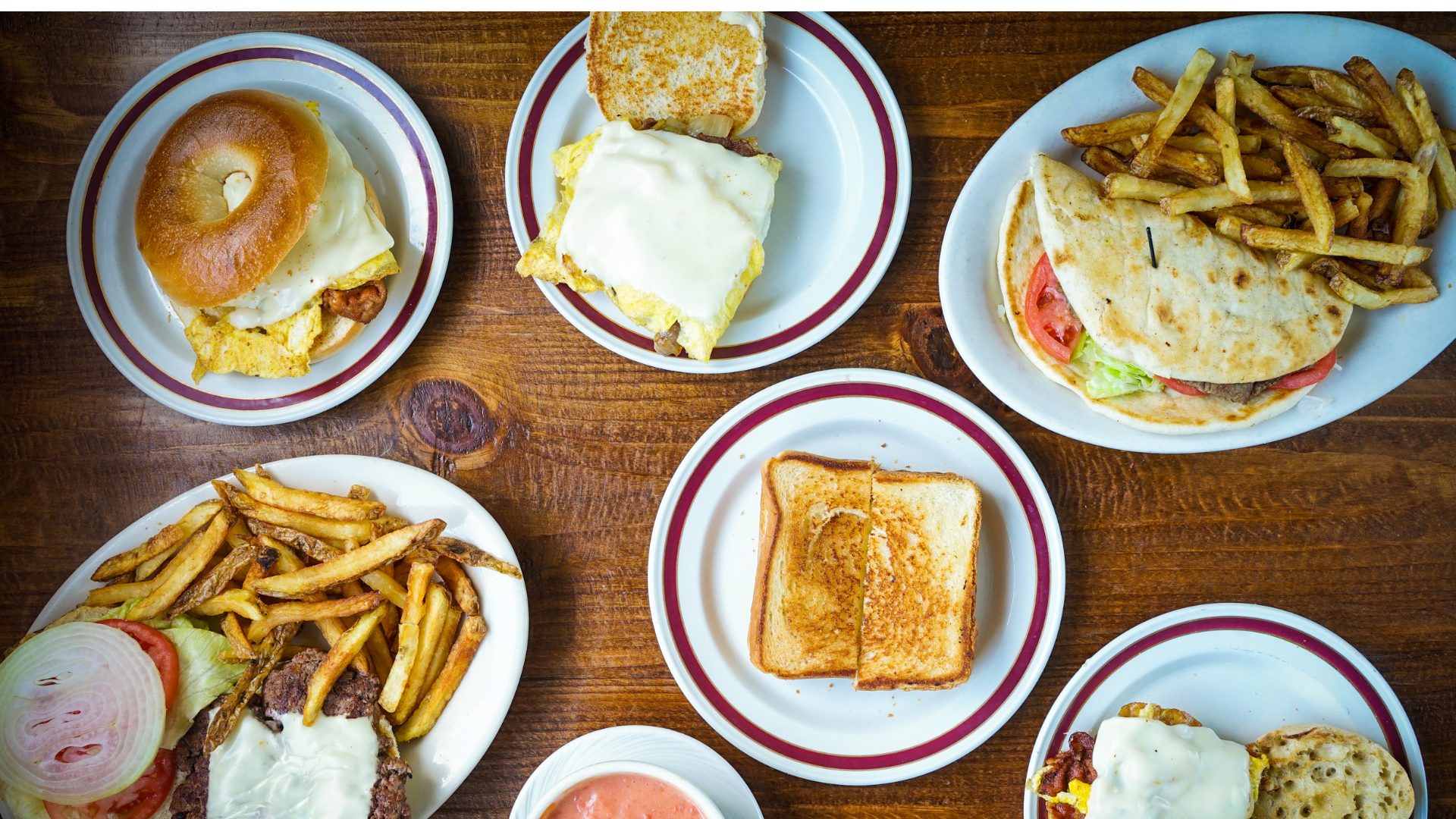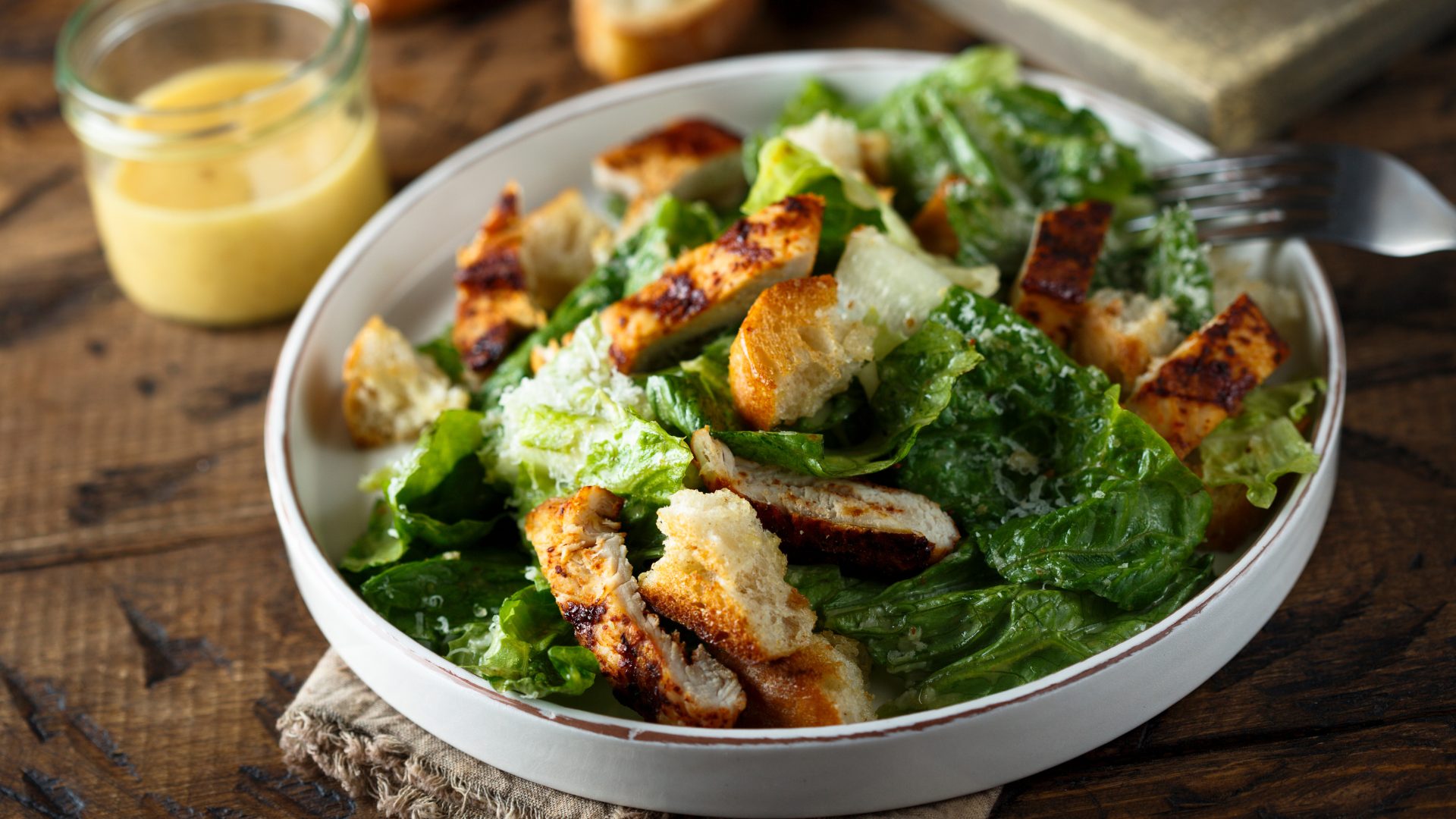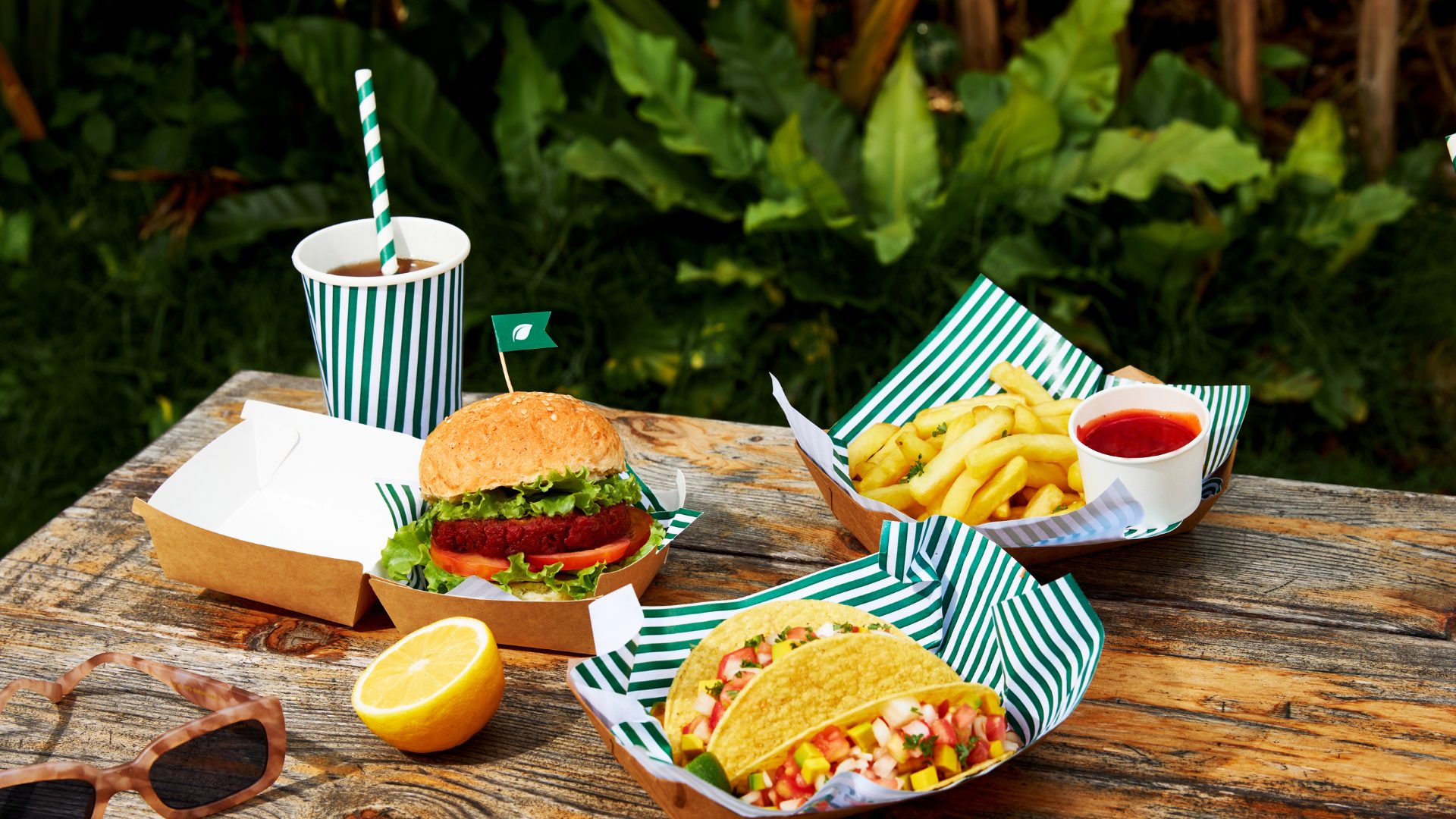More quick service restaurants (QSRs) are rolling out subscription services in the new year to leverage the pandemic pivot towards mobile ordering and remain top of mind with consumers.
Throughout the month of January, Sweetgreen is piloting a new service called “sweetpass,” in which subscribers pay a $10 fee and get $3 off their orders within 30 days of that purchase.
Taco Bell also debuted a “Taco Lover’s Pass” nationwide on January 6. The $10 monthly subscription allows customers to get one free taco per day for 30 consecutive days for $10 a month.
But in giving away free product, how much do QSRs stand to gain?
Panera Bread’s coffee subscription sheds some light on the question. In preliminary tests, the monthly service — which allows customers to get a free coffee or tea every two hours for $8.99 per month — boosted guest frequency by more than 200%, and increased food attachment to coffee orders by 70%, reported Restaurant Business. (Oct 13)
Within the first six months of its March 2020 launch, the service garnered nearly 500,000 paid subscribers. As the pandemic wore on, Panera ran multiple promotions that waved the monthly fee entirely, during which time it was still profit accretive.
“Loyalty guests on average visit more frequently, spend more money, and are more informed about [a restaurants] mission and brand,” Austin Samuelson, co-founder of Tacos 4 Life told The Food Institute. Loyalty programs also allow direct access to those guests by putting menu access directly in their pockets, along with online ordering and email, text, and notification capabilities, he added.
Improved Digital Positioning
The rise of delivery and mobile ordering has made it easier than ever for operators to successfully implement loyalty programs and to collect the data needed to cater to consumer preferences, Mark Wasilfesky, head of Restaurant Franchise Finance Group at TD Bank, told The Food Institute.
In TD Bank’s 2021 Restaurant Franchise Pulse survey, operators noted that their top areas of investment in 2022 include mobile ordering (54%) and delivery services (47%). This prioritization has served as a catalyst for restaurants to adopt loyalty programs.
“With a larger percentage of customers ordering from a mobile phone or computer than ever before, restaurant operators can now provide a quick and easy opportunity for customers to opt into their loyalty programs – which can be as simple as checking a box,” said Wasilfesky.
The simplified subscription process enables operators to send customers relevant ads, promotions and personalized offers while collecting a surplus of data on what they are ordering.
“This data is also used to track and more importantly, forecast consumer preferences, which provides brands with the ability to successfully offer new products faster and more efficiently than ever before,” Wasilfesky added.
The Bottom Line
While the advantages of subscriptions are clear, the playing field is hardly level across the industry.
“For a program to work, you need to have a minimum of 5,000 members per restaurant to generate enough traffic to warrant the expense and effort,” Howard Terry, CMO at Golden Tree Restaurants told The Food Institute.
However, once restaurants have built a strong database of loyalty members, they secure a significant portion of their sales from those members on a weekly basis. “This is compounded by the fact that loyalty club members tend to contribute a significantly higher check average per visit,” added Terry.
As Phil Rubin, a consultant at Grey Space Matters notes, other net benefits of subscriptions include:
- Reduced costs including margin erosion from promotions.
- The ability to drive covers without paid media, and with incrementality.
- Brand enhancement and differentiation.
- Having a permission-based relationship with guests.
Restaurant guests want — and increasingly expect — to be treated like regulars, especially if they believe they are loyal, Rubin told The Food Institute.
“[These programs] create the need and opportunity for restaurants to provide an enhanced level of service in exchange for the subscription,” he said. “This equates with the restaurant being better able to reciprocate loyalty back to the guests, rather than it being a one-way transaction.”










